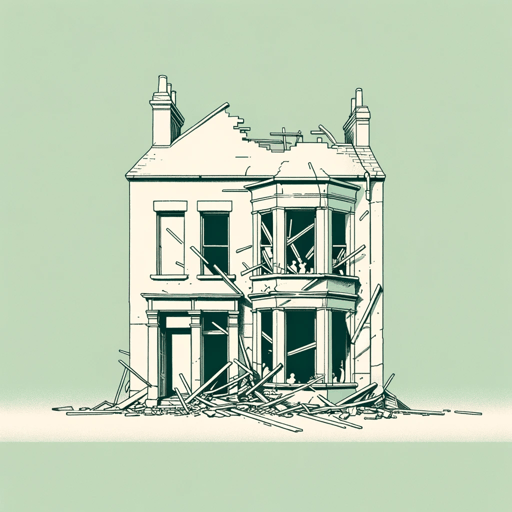56 pages • 1 hour read
Graham GreeneThe Destructors
Fiction | Short Story | Adult | Published in 1954A modern alternative to SparkNotes and CliffsNotes, SuperSummary offers high-quality Study Guides with detailed chapter summaries and analysis of major themes, characters, and more. For select classroom titles, we also provide Teaching Guides with discussion and quiz questions to prompt student engagement.
Literary Devices
Satire
Satire uses humor, irony, and/or exaggeration to ridicule a person, group, or issue, typically one that is a topic of contemporary social, philosophical, political, or religious concern. In one reading, “The Destructors” satirizes English secularism as a gang of boys, the faithful as a doddering old man, and the church—or perhaps religious institutions in general—as a decrepit house. Greene follows this train of thought to suggest to his readers what a secular society without religious guidance will come to. Perhaps with no small amount of reductive malice, Greene takes philosophical materialism to an extreme and suggests secular morality consists in taking rational means (elections, procedures, timetables, etc.) to irrational ends—the pointless destruction of a beautiful and valuable house. The boys’ obedience and organization are almost cartoonish, and—ironically—destruction is celebrated as a form of creation. The story even ends with a bleak but unmistakable punchline.
Allegory
An allegorical story contains a hidden meaning, typically achieved through the use of pervasive and direct symbolism. Though “The Destructors”—like many of Greene’s stories and novels—considers religious themes, religion is rarely mentioned directly in the story. Readers learn only that the house was designed by the architect of St.
Related Titles
By Graham Greene

Brighton Rock
Graham Greene

Monsignor Quixote
Graham Greene
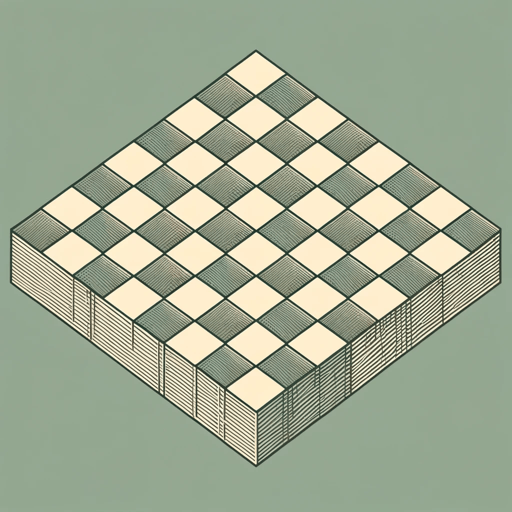
Our Man in Havana
Graham Greene

The Basement Room
Graham Greene

The End Of The Affair
Graham Greene

The Heart of the Matter
Graham Greene
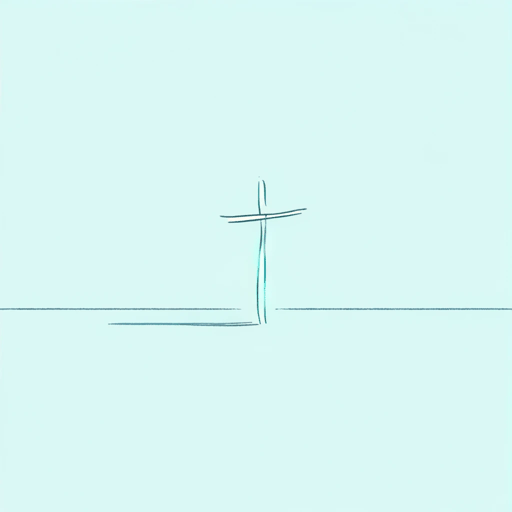
The Power and the Glory
Graham Greene
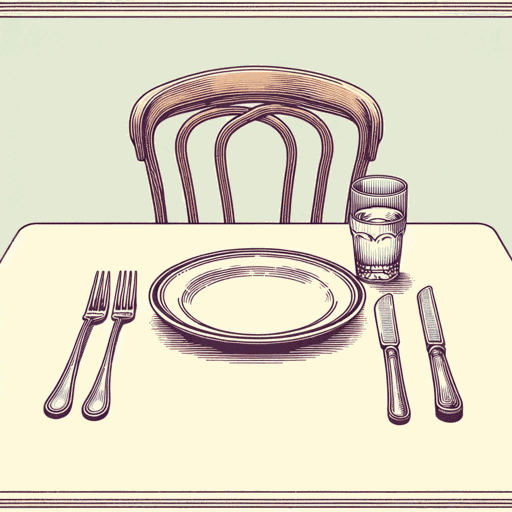
The Quiet American
Graham Greene
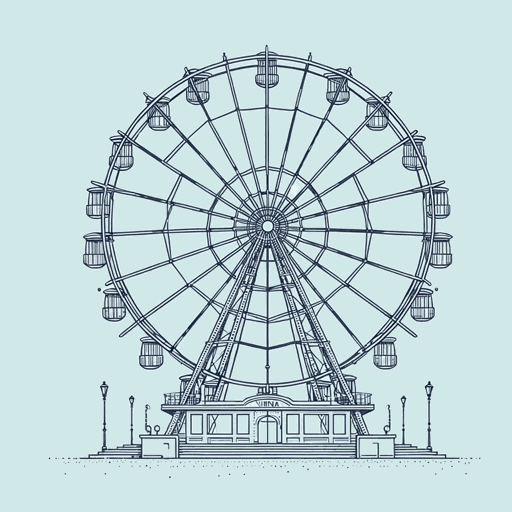
The Third Man
Graham Greene
